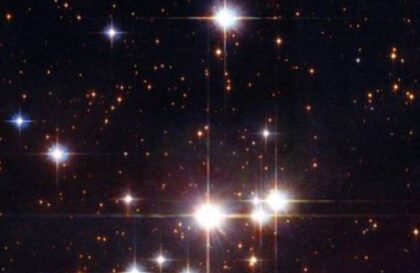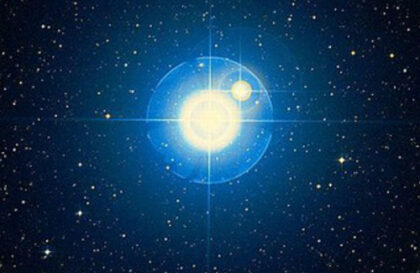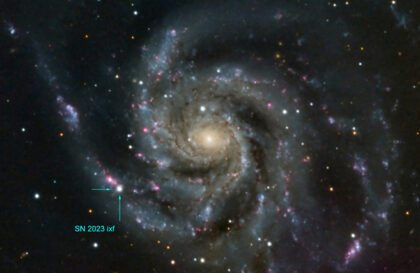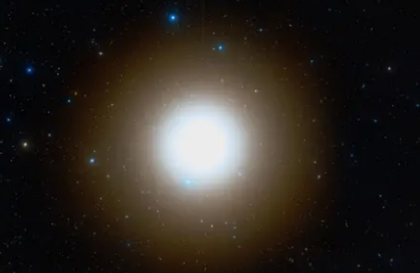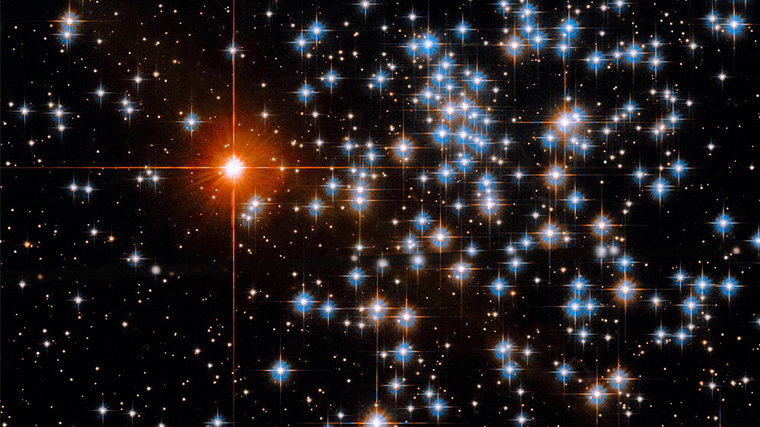Researchers have found that an invisible object in space is breaking apart a cluster of stars closest to the Sun. It is assumed that this is a substructure of dark matter with a mass equivalent to 10 million solar masses. The possible existence of such a “galactic coma” has been revealed in a map that depicts the vast Hyades star cluster, located just 153 light-years from Earth. Details of the study are published in the journal Astronomy & Astrophysics.
Scientists used data from the Gaia Observatory for December 2020 and identified stars that then disappeared. Through running simulations of the cluster, they were able to predict the current positions and speeds of the stars, which could change over time. Since the main goal of the researchers is to catalog the movement and distance of every star in the Milky Way, the team compared simulation results with actual data and determined the trajectories of the stars. The simulated map suggested that the stars should have been distributed symmetrically, but observations showed that the rear “tail” of the cluster was devoid of stars. This asymmetry was also revealed in a previous study of the cluster in 2019.
Now a team of scientists suggests that the hidden object may be a substructure of dark matter. These substructures arise in the early stages of galactic evolution and can then wander through the galaxies.
Reference:
The Hyades Cluster of Stars is the closest cluster of stars to the Sun. The open cluster of Hyades is bright enough to be noticed even thousands of years ago, but it is not as bright and compact as the nearby Pleiades star cluster (M45).
The brightest star in the field is the yellow Aldebaran (see image), the eye of the bull in the constellation Taurus. It is now known that Aldebaran, located at a distance of 65 light-years from Earth, is not related to the Hyades cluster, which is located at a distance of about 150 light-years from us. The central stars of the Hyades are located at a distance of about 15 light years. Formed about 625 million years ago, the Hyades likely share a common origin with the Hive Cluster (M44), an open star cluster visible to the naked eye in the constellation Cancer.
Image credit:
https://science.nasa.gov

